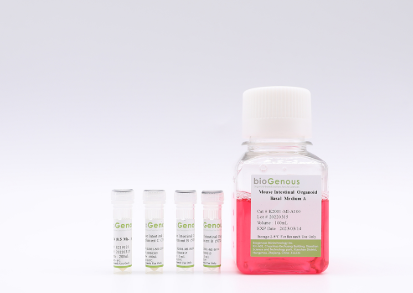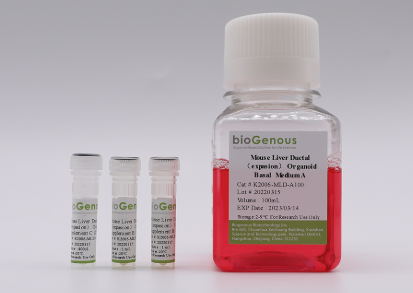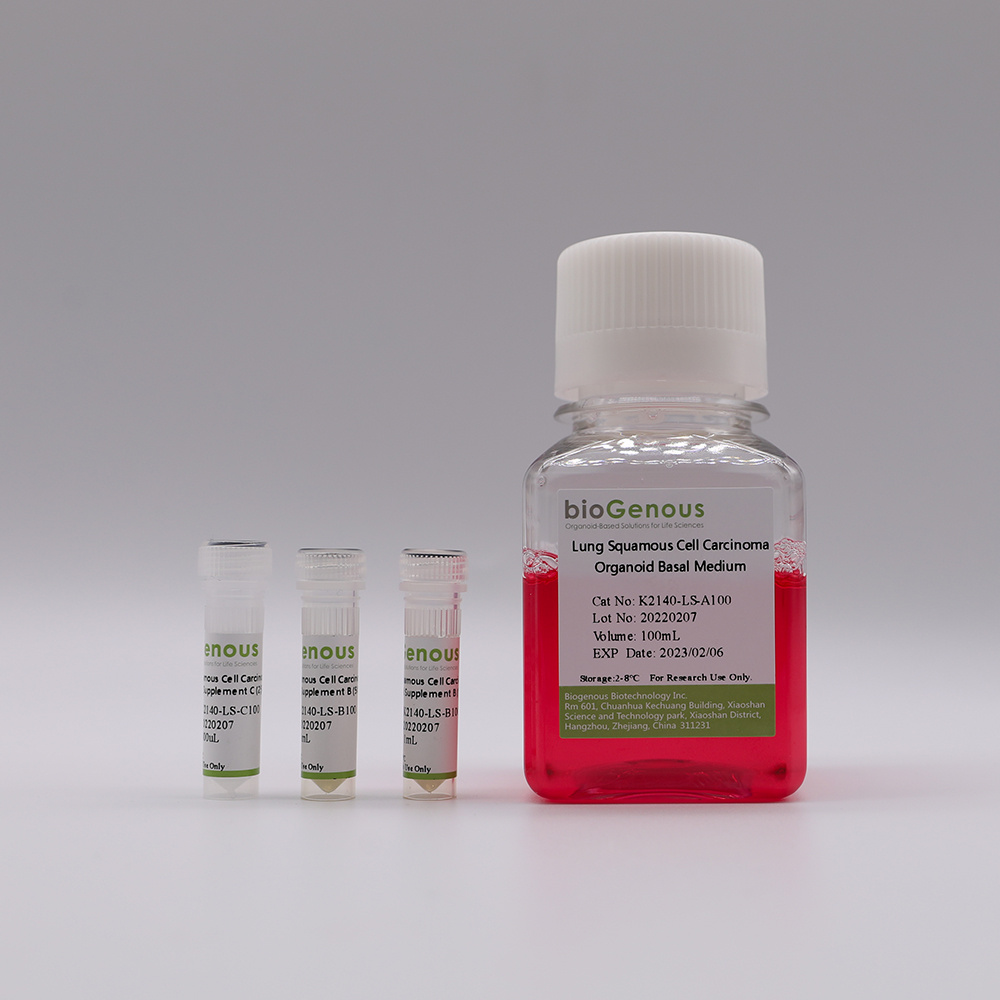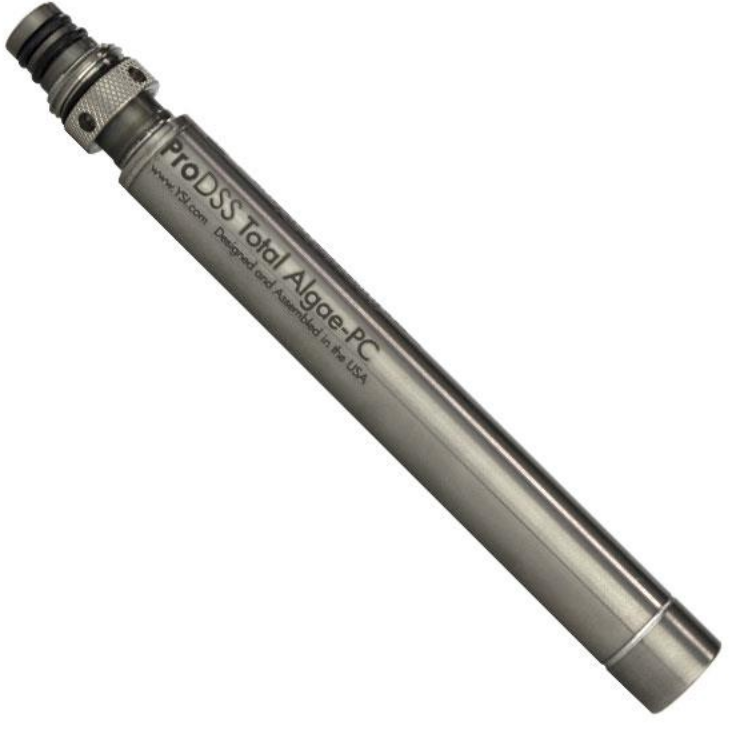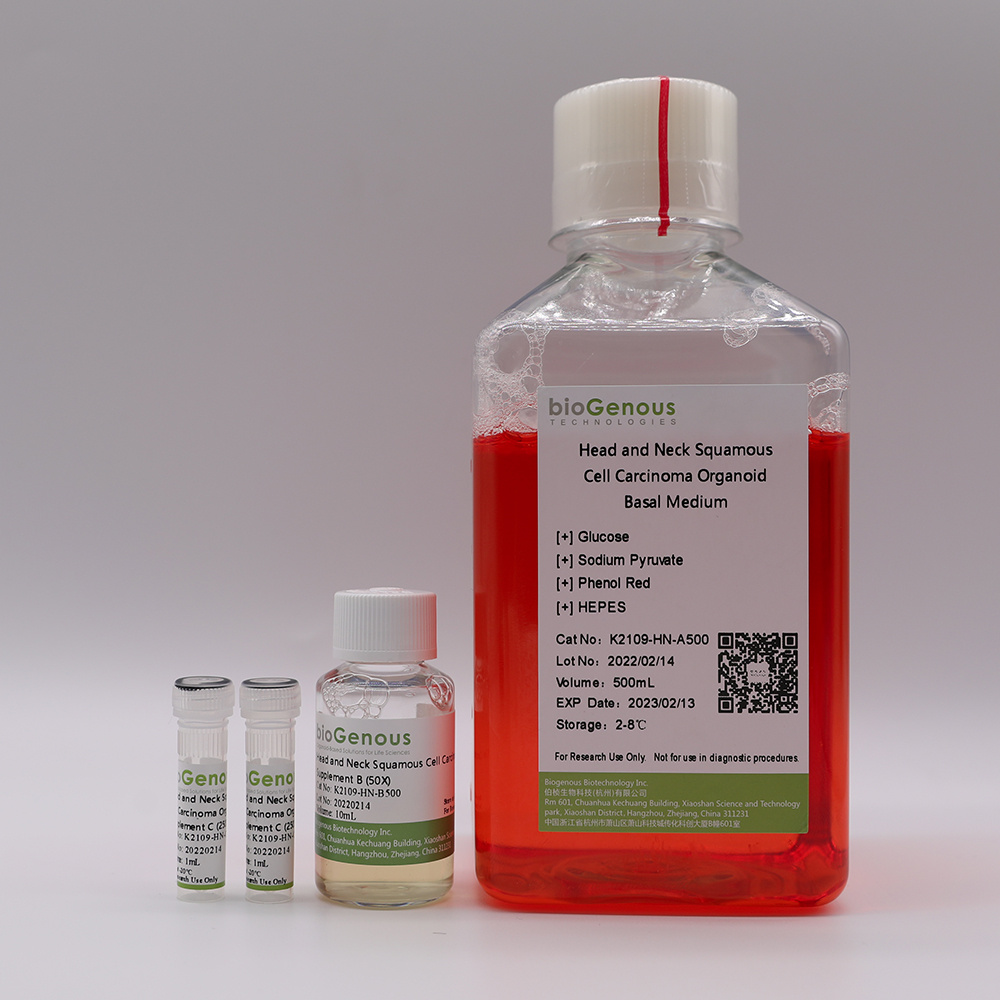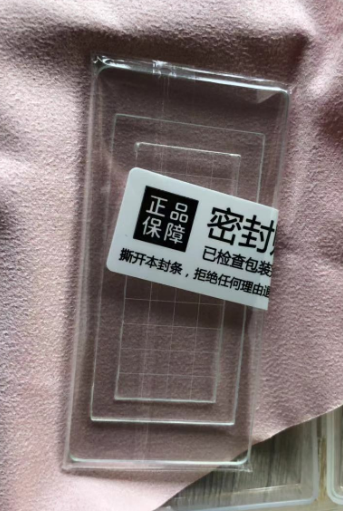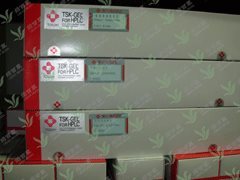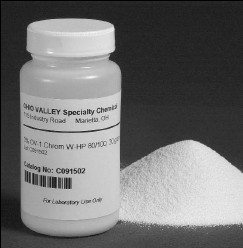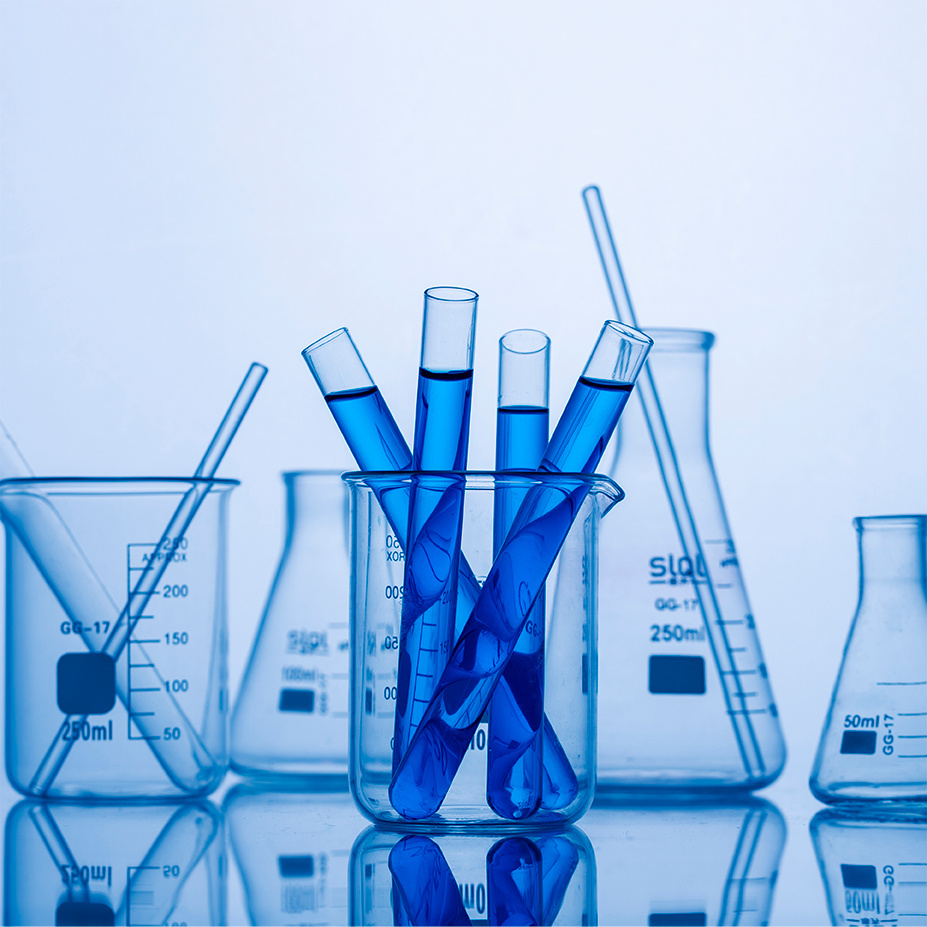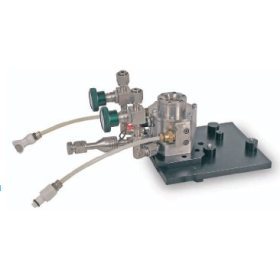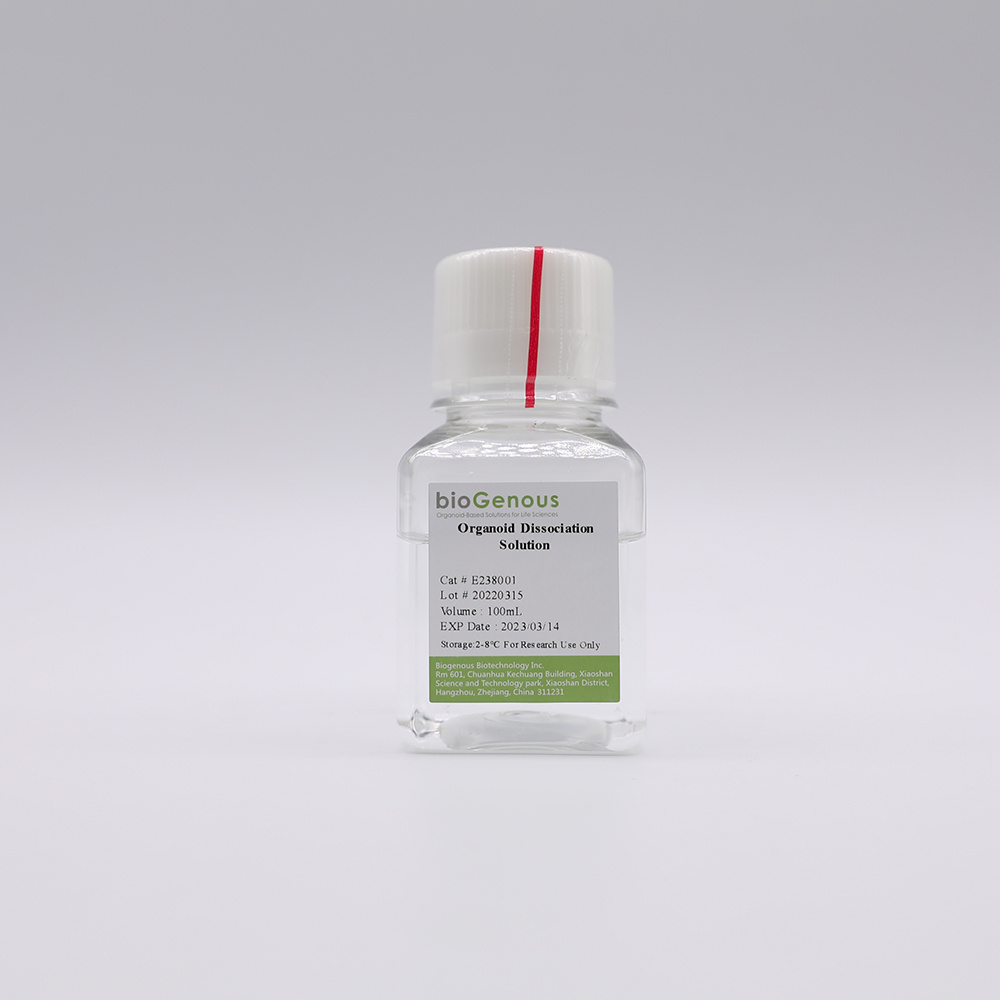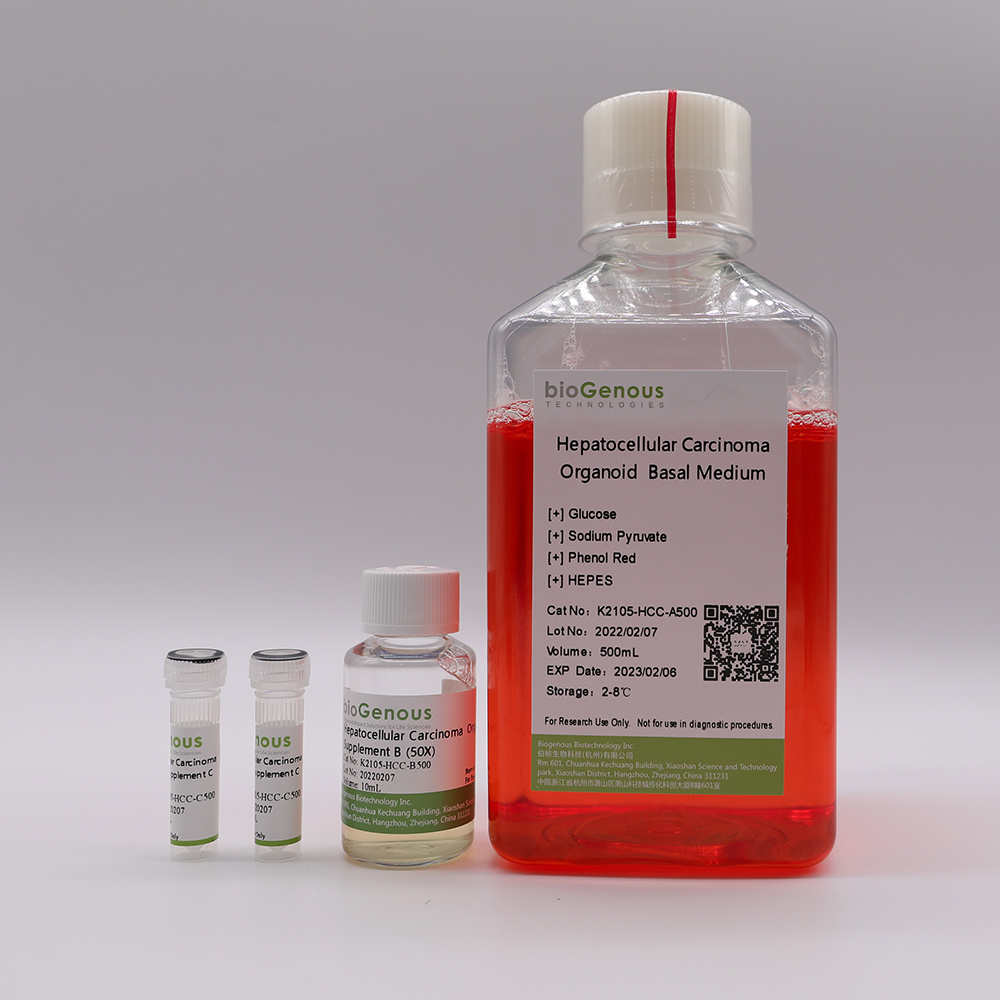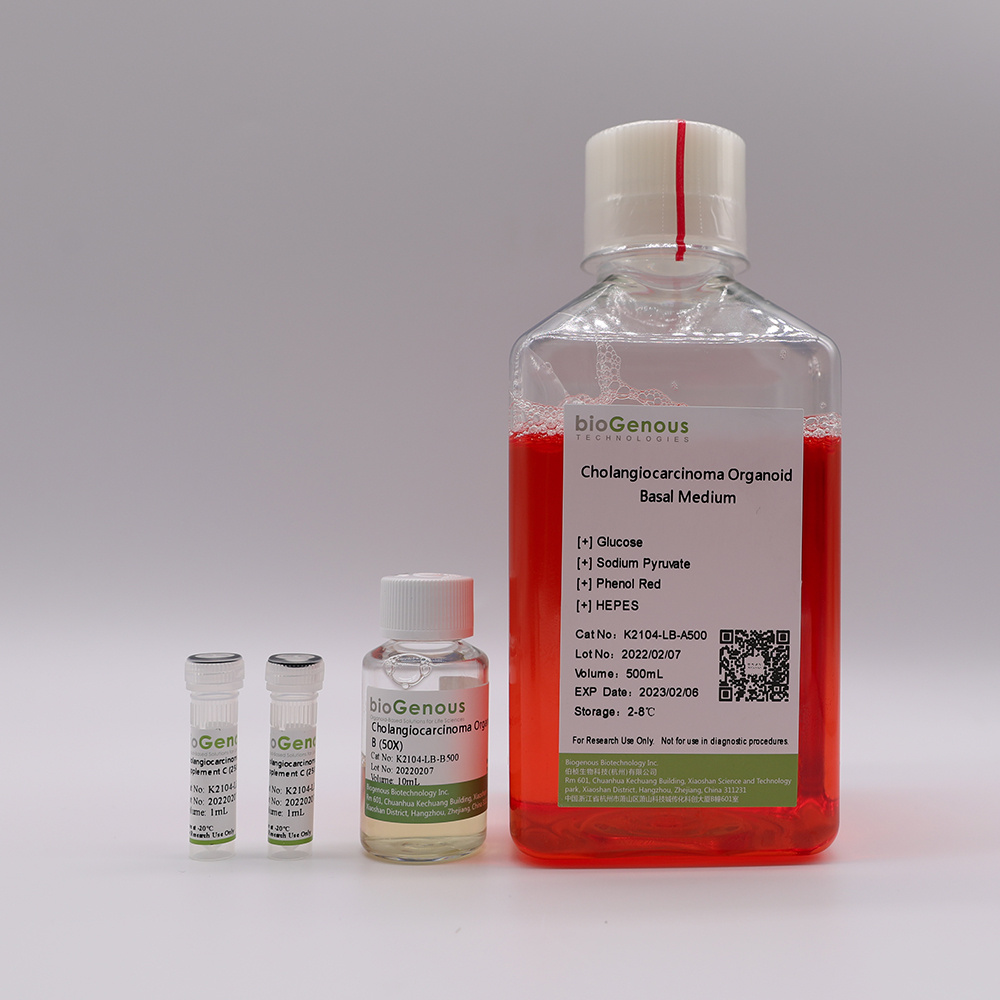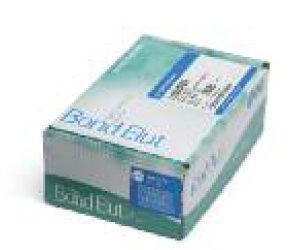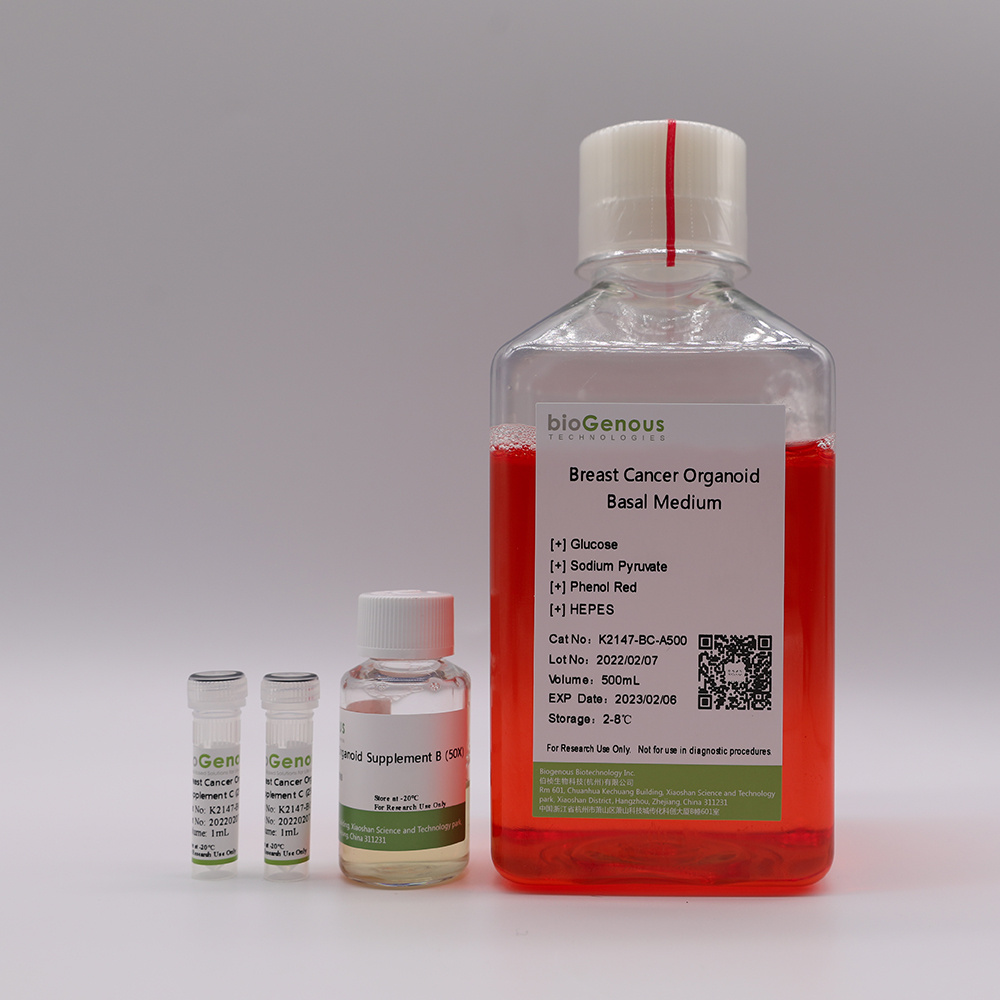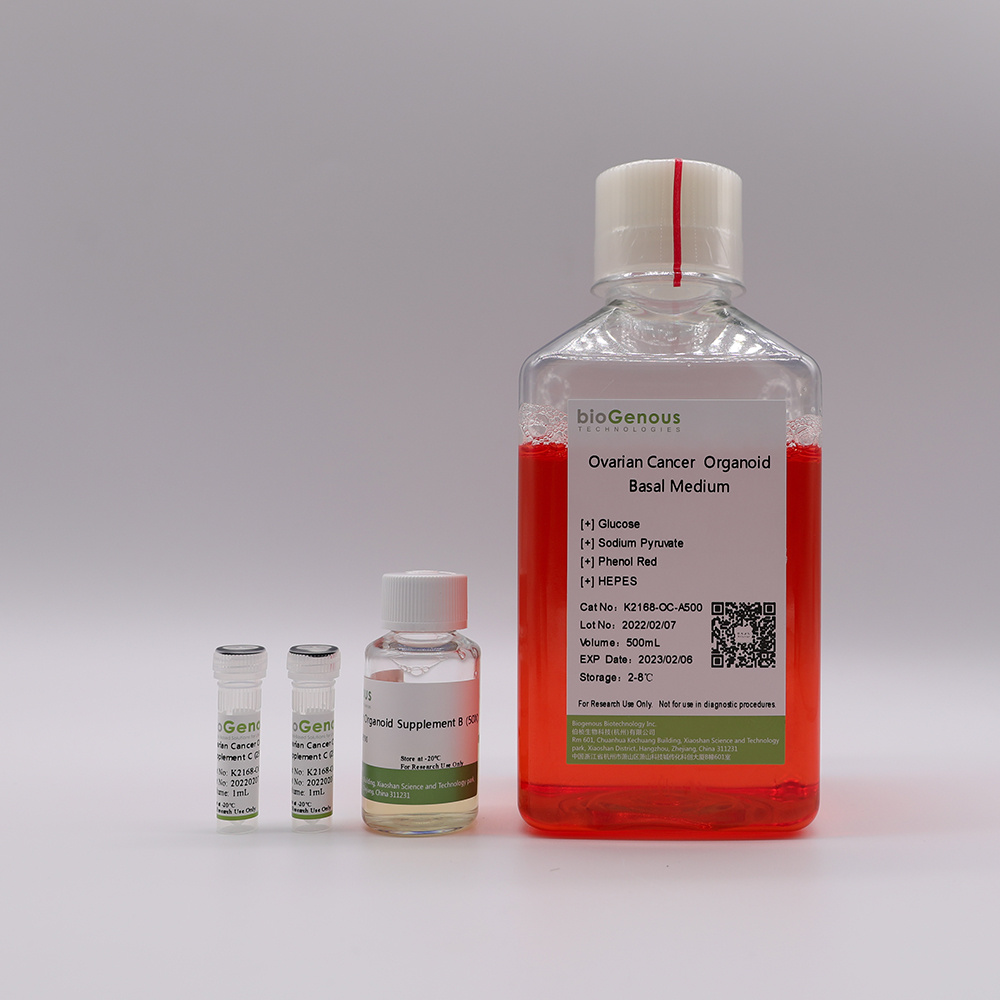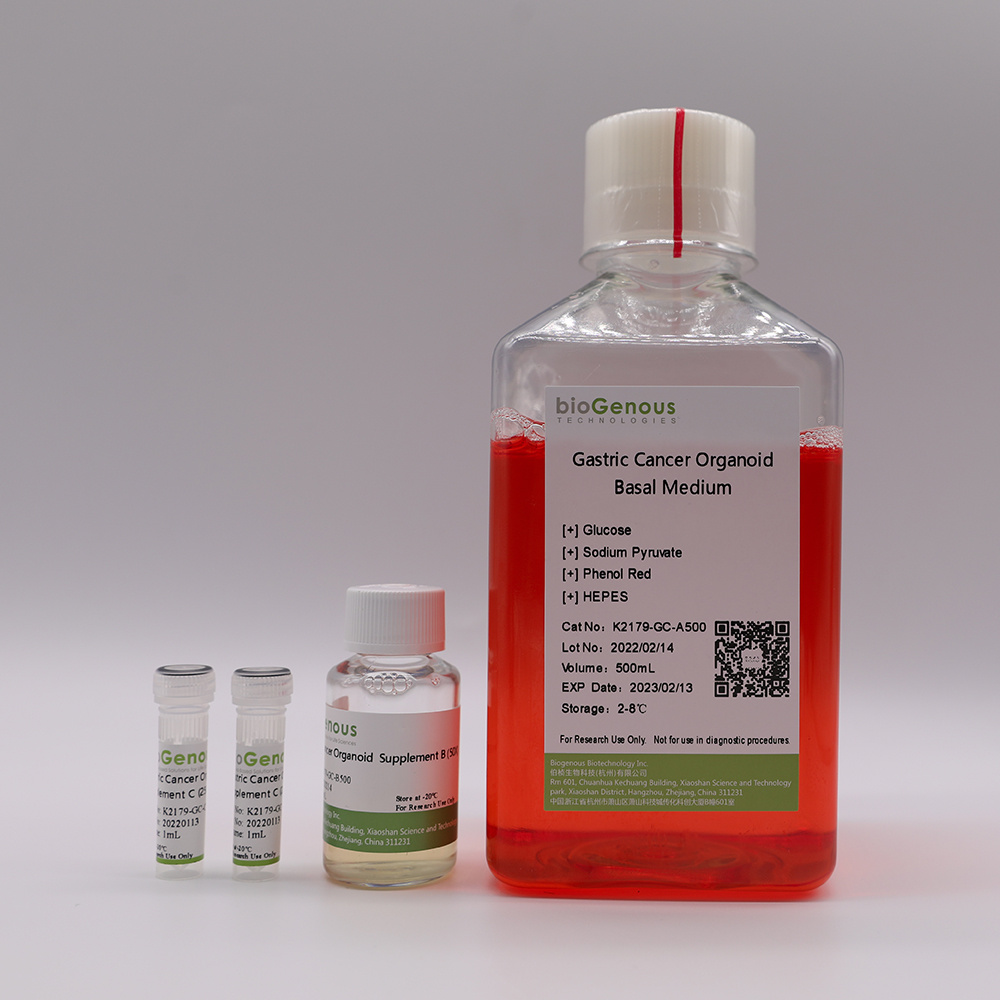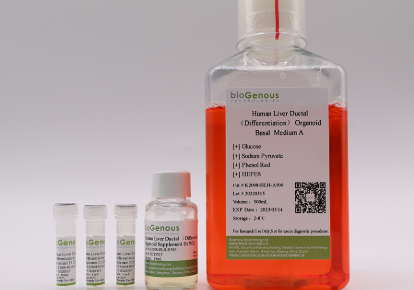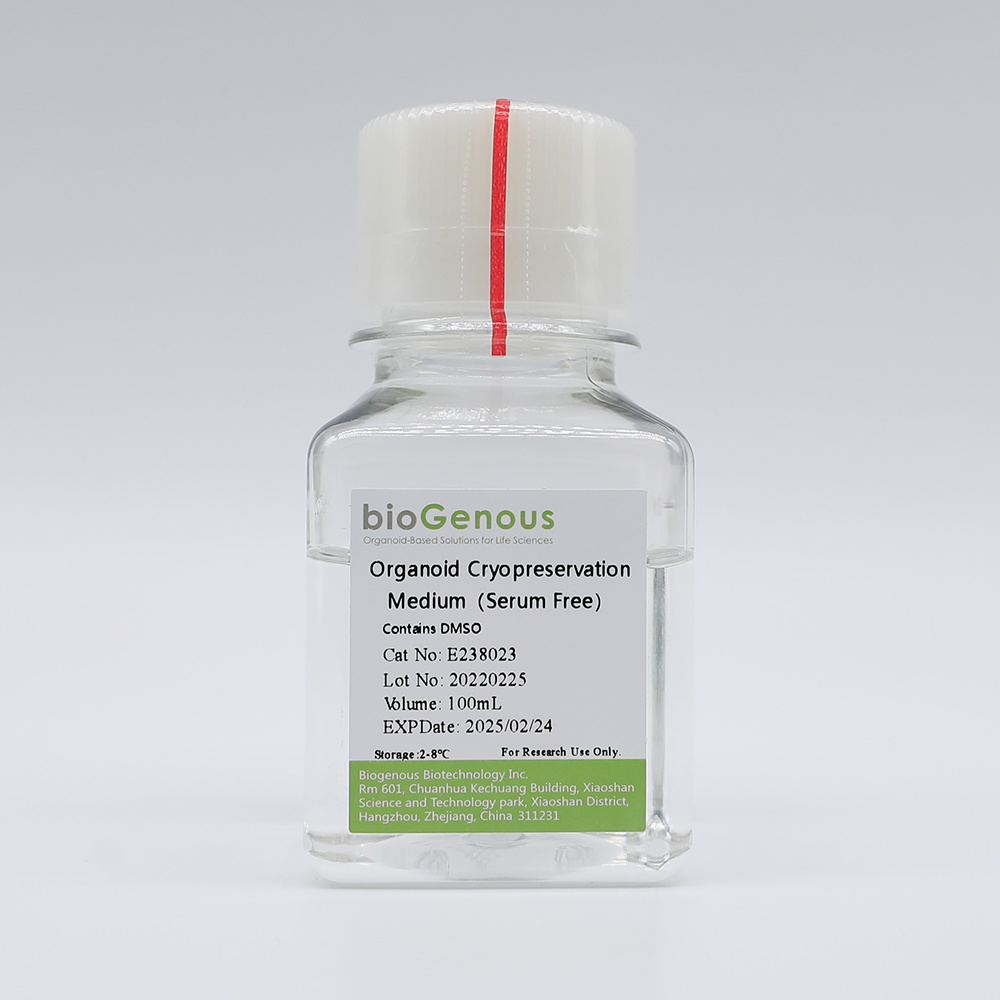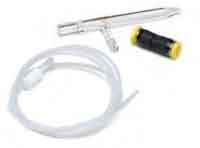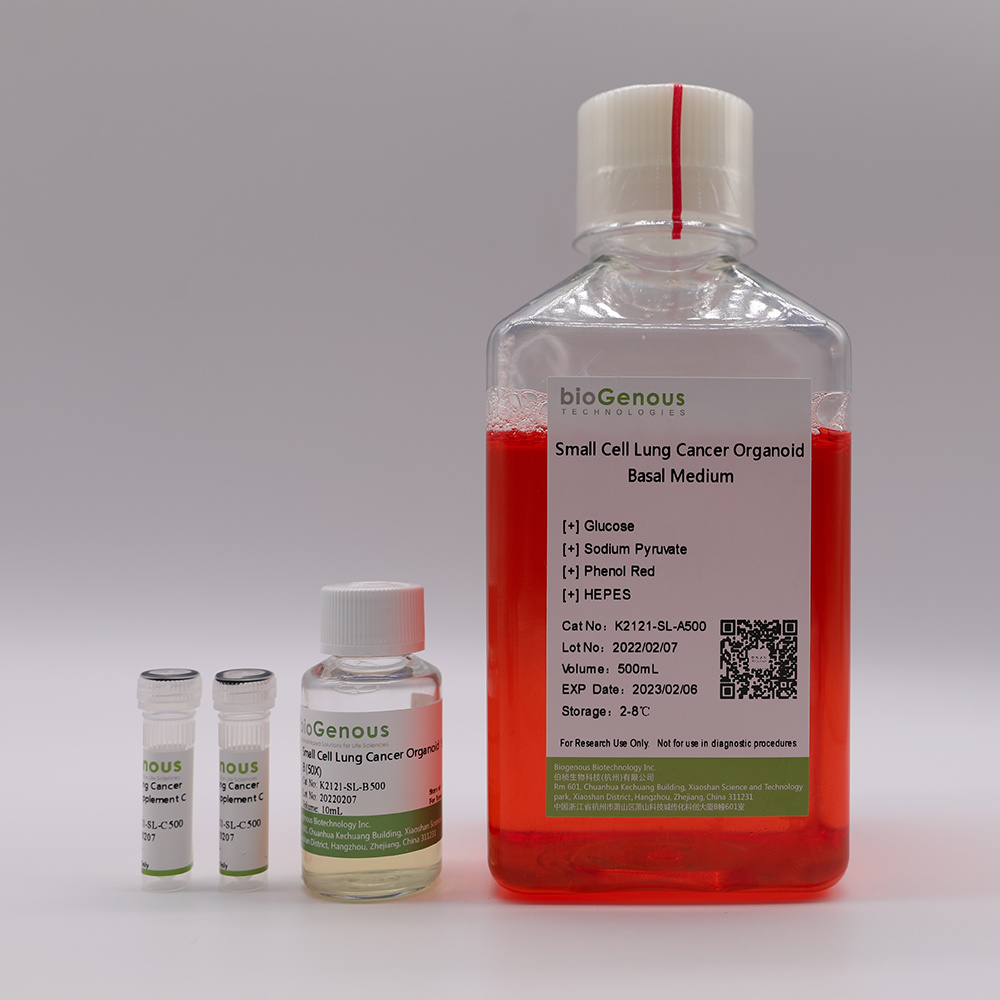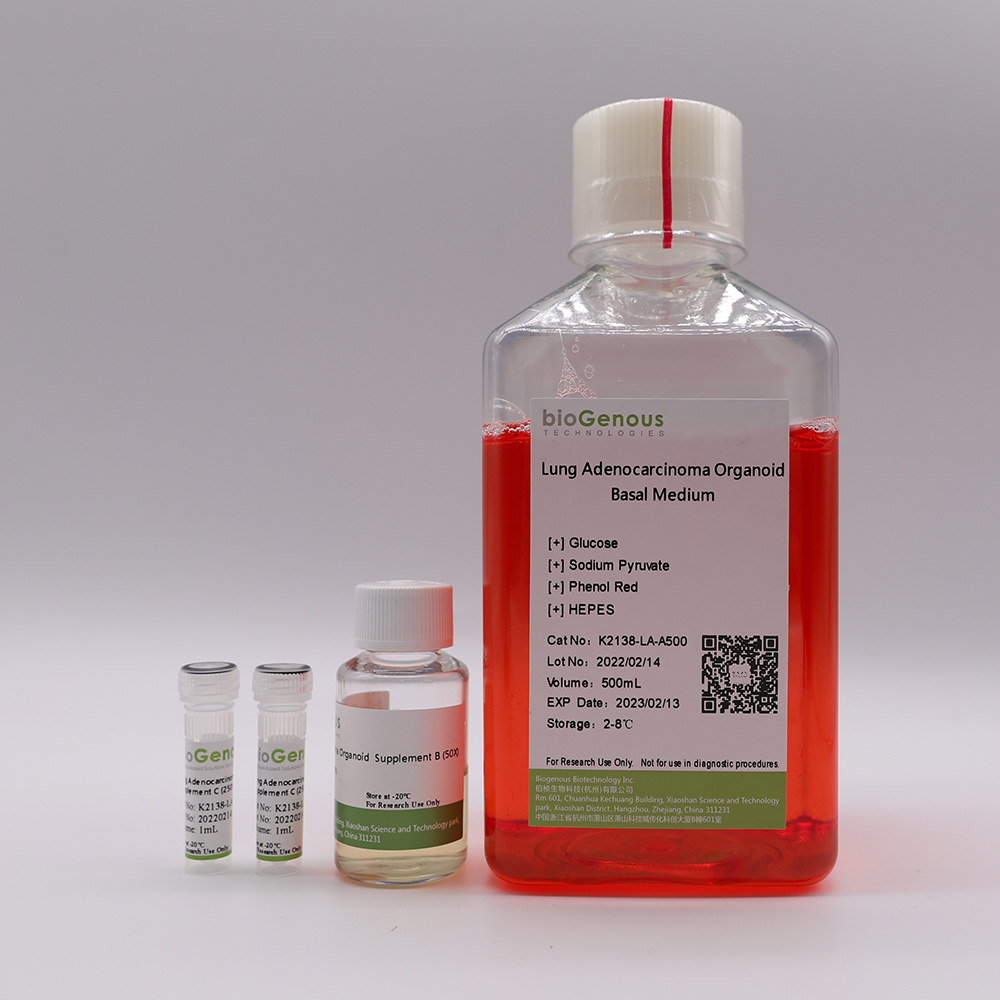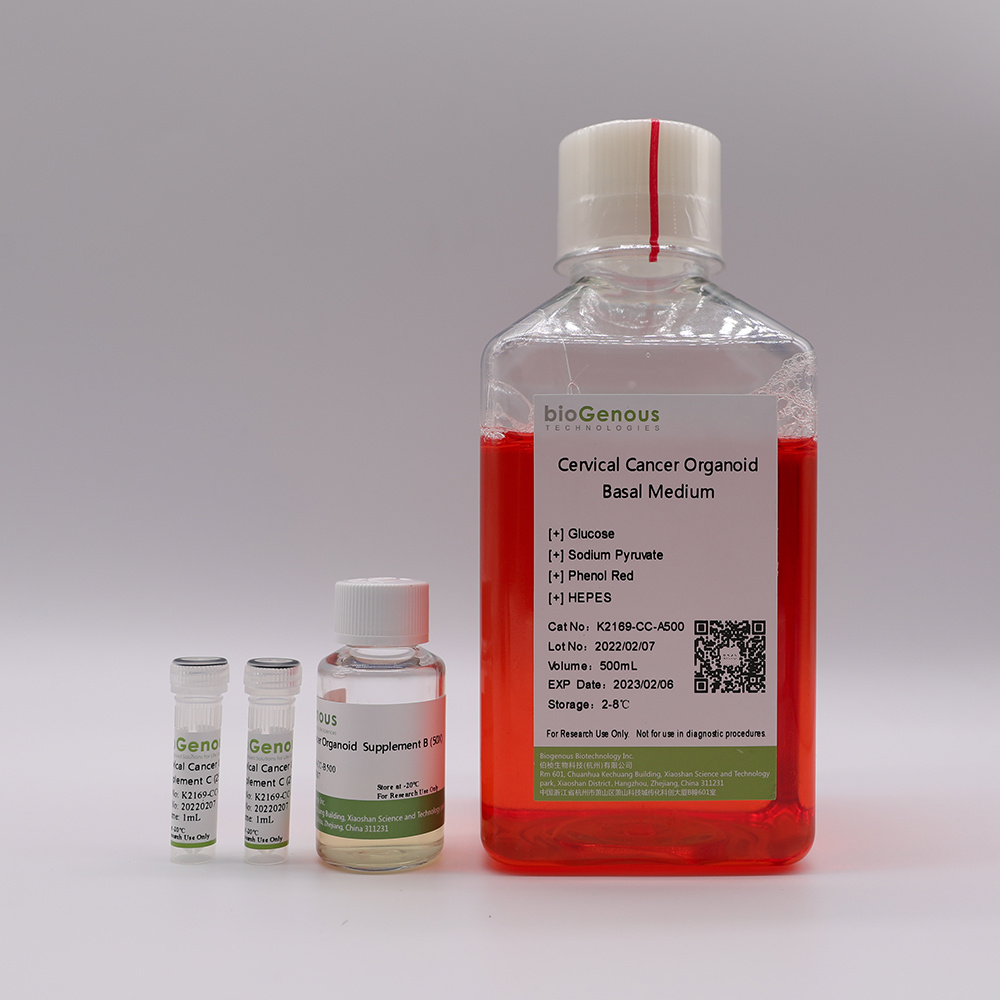类器官Mouse Live Ductal Organoid Kit (小鼠胆管类器官)
类器官(Organoids)是指将成体干细胞或多能干细胞在体外三维培养形成的具有一定空间结构的组织类似物。类器官在组织结构、细胞类型、自我更新能力和功能等方面与来源组织高度一致,从而在发育生物学、疾病造模、精准医学、药物研发、基因和细胞疗法、感染和免疫以及再生医学等生物医学的多个领域展现出独特的优势。产品介绍Product Description:bioGenousTMMouse Liver Ductal Organoid Kit is a chemically defined cell culture medium for establishment and maintenance of Mouse ductal organoids(mLDs) derived from adult stem cells. Self-renewal of the ductal epithelium is driven by the proliferation of stem cells and their progenitors located in liver. mLDs display all hallmarks of the ductal epithelium in terms of architecture, cell type composition, and self-renewal dynamics, therefore hold great promise for unprecedented studies of Mouse liver development and disease, mLDs may also have applications in regenerative biology through ex vivo expansion of the ductal epithelia.技术参数Product Information:ComponentComponent Cat#VolumeStorage& StabilitybioGenousTMMouse Liver Ductal Organoid Basal Medium(Expansion)K2006-MLD -A100/A500100mL/500mL4℃,12 monthsbioGenousTMMouse Liver Ductal Organoid Supplement B(50x)(Expansion)K2006-MLD –B100/B5002mL/10mL-20℃,avoid repeated freeze-thaw cycles, 12 monthsbioGenousTMMouse Liver Ductal Organoid Supplement C(250x)(Expansion)K2006-MLD –C100/C5000.4mL/2mL-20℃, avoid repeated freeze-thaw cycles, 12 monthsPreparation of Mouse Liver Ductal Organoid Expansion Medium and Maintenance MediumUse sterile technique to prepare the mouse liver ductal organoid expansion medium and maintenance medium. mLDs grown in Mouse Liver Ductal Organoid Expansion Medium overwhelmingly consisted of cholangiocytes. The following examples are for preparing 10 mL of Expansion Medium and Maintenance Medium. If preparing other volumes, adjust accordingly.1.Thaw Mouse Liver Ductal Organoid Supplement B(50x) (Expansion), Mouse Liver Ductal Organoid Supplement C(250x) (Expansion) on ice. Mix thoroughly.NOTE:Once thawed, use immediately or aliquot and store at -20°C for not more than 10 months. After thawing the aliquots, use immediately. Do not re-freeze.2.For Mouse Liver Ductal Organoid Expansion Medium. Add 200 μL Mouse Liver Ductal Organoid Supplement B(50x)(Expansion), 40 μL Mouse Liver Ductal Organoid Supplement C(250x) (Expansion) to 10 mL Mouse Liver Ductal Organoid Basal Medium (Expansion). Mix thoroughly.NOTE:If not use immediately, store complete medium at 2-8°C for not more than 2 weeks. bioGenousTMMouse Liver Ductal Organoid Supplement B (Expansion) contains fungicide and antibiotics(50x).Protocol for Establishment of Mouse Liver Ductal OrganoidsEstablishment of Organoids from Primary Tissue1.Collect primary Mouse liver tissue pieces in ice-cold Primary Tissue Storage Solution (K601005) with conical tubes. Keep tissue samples at 4°C until the start of the isolation.2.Rinse the liver tissuewith Epithelial Organoid Basal Medium(B213151) or DPBSuntil the supernatant is clear.3.Before ducts isolation, thaw Matrigel on ice and keep it cold. Add 5 mL of FBS to 45 mL of Epithelial Organoid Basal Medium to prepare 10% (vol/vol) FBS medium.4.Mince the tissue into small fragments of 5 mm3in a cell culture dish using surgical scissors or scalpels.CRITICALThe dissected samples must be small enough to pass through the tip of a 10 mL pipette.5.Place the dissected pieces of sample into a 15 mL concial tube containing 10 mL of cold Epithelial Organoid Basal Medium with 1% FBS.6.Wash the samples by pipetting with a 10 mL pipette at least ten times.CRITICALFor the subsequent steps, coat the inner surface of every 10 mL pipette with 10% (vol/vol) FBS medium before use to avoid adherence of the samples on the pipette wall.7.Stand the tube still until the samples settle at the bottom. Aspirate the supernatant with a 10 mL pipette and add 10 mL of pre-warmed Tissue Digestion Solution (K601008).8.Digest the tissue fractions in 37℃with rotation at the speed of 200 rpm. The digestion time should not exceed 30 mins.CRITICALTo prevent over-digestion, one should examine under the microscope if the duct structure appear during digestion.9.Once the duct structure appears, stop digestion by transfer the digestion solution into 50mL tube and add 40 ml Epithelial Organoid Basal Medium with 1% FBS.10.Stand the tube for 2 min. Transfer the supernatant into a new tube.11.Spin the supernatant at 4°C at 300g for 3 min. Aspirate and discard the supernatant.12.Re-suspend the pellet with 10 ml Epithelial Organoid Basal Medium with 1%FBS, and spin at 4°C at 300g for 3 min.13.Repeat last step for 2 times.14.Aspirate the supernatant and resuspend the pellet in Matrigel. Matrigel should be kept on ice to prevent it from solidifying thus, work quickly. The amount of Matrigel depends on the size of the pellet. Approximately 20-100 ducts should be plated in 25 μL of Matrigel.CRITICALDo not dilute Matrigel too much (Matrigel should be 70% (Matrigel vol/Total vol)) to ensure formation of solid droplets.15.Plate the Matrigel containing organoids on the bottom of 24-well cell culture plates in droplets of ~30 μL each around the center of the well.CRITICALOnce the organoids are resuspended in Matrigel, proceed with plating as quickly as possible, as the Matrigel may solidify in the tube or pipette tip. Do not let the Matrigel touch the wall of wells.16.Place the culture plate into a humidified incubator at 37 °C and 5% (vol/vol) CO2for15-25 minto let the Matrigel solidify.17.Prepare the required amount of bioGenousTMMouse Liver Ductal Organoid Expansion Medium.18.Once the Matrigel droplets are solidified (15-25 min), open the plate and carefully add 500 μL of Organoid Complete Medium to each well.CRITICALDo not add the medium directly on top of the Matrigel droplets, as this might disrupt the droplets.19.Place the culture plate in a humidified incubator at 37 °C and 5% (vol/vol) CO2.20.Change the medium every 3 days by carefully aspirating medium from the wells and replacing it with fresh, pre-warmed Organoid Complete Medium.21.Closely monitor the organoid formation. Ideally, Mouse Liver Ductal Organoids should be passaged for the first time between 5 and 8 days after initial plating.Splitting and Passaging of Organoids22.Pipette up and down to disrupt the Matrigel, and transfer the organoid suspension into a 1.5 mL conical tube.23.Pipette the organoid suspension up and down to mix thoroughly.Use the bottom of the tube to create pressure, which will aid the removal of Matrigel.24.Centrifuge organoids at 200g for 3 min at room temperature.25.Aspirate the supernatant, and split organoids using either mechanical disruption or Organoid Dissociation Solution (E238001). For mechanical disruption, resuspend the pellet in 1 mL of Organoid Basal Medium. Use a pipette tip to pipette the organoid suspension up and down 30 times. Use the bottom of the tube to create pressure, which will aid organoid disruption. In case of Organoid Dissociation Solution-based cell dissociation, resuspend the pellet in 0.2 mL of Organoid Dissociation Solution, pipette up and down and incubate at 37 °C until organoids fall apart. Pipette up and down with a filter tip for ≥10 times every 1 min to aid in the disruption of the organoids. Monitor digestion closely to keep the incubation time inOrganoid Dissociation Solution to a minimum.CRITICALDo not dissociate in Organoid Dissociation Solution for 3 min, as this may result in poor organoid outgrowth or even loss of the culture. As a rule of thumb, digestion is complete if a mixture of small lumps of cells (consisting of 10–50 cells) can be observed.26.After shearing is complete, wash once by topping up with 1 mL ofOrganoid Basal Medium, and centrifuge at 200g for 3 min at room temperature.27.Aspirate the supernatant and resuspend the organoid pellet in 70% (vol/vol) Matrigel, and plate organoids in droplets on the bottom of a culture plate as describedin Steps 12. After plating is complete, transfer the plate into ahumidified incubator at 37 °C and 5% (vol/vol) CO2for 15–25 min.28.Pre-warm Mouse Liver Ductal Organoid Maintenance Medium at 37 °C.29.After the Matrigel droplets have solidified (15–25 min), carefully pipette pre-warmed medium into the wells.30.Place culture plates in a humidified incubator at 37 °C and 5% (vol/vol) CO2until the organoids are needed for further experiments.
